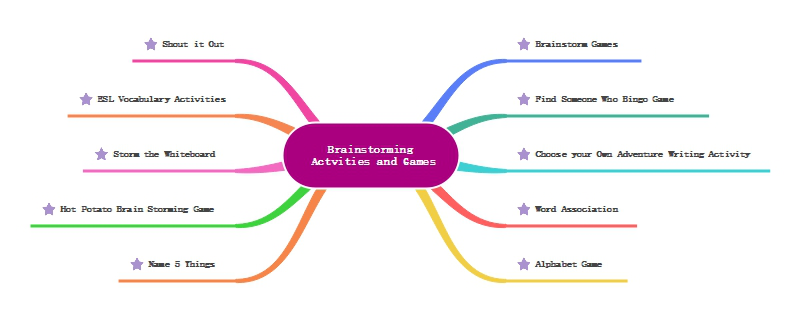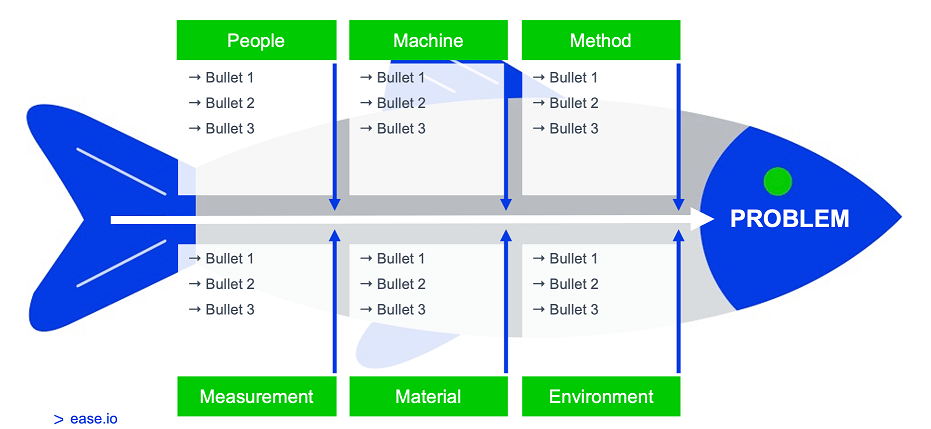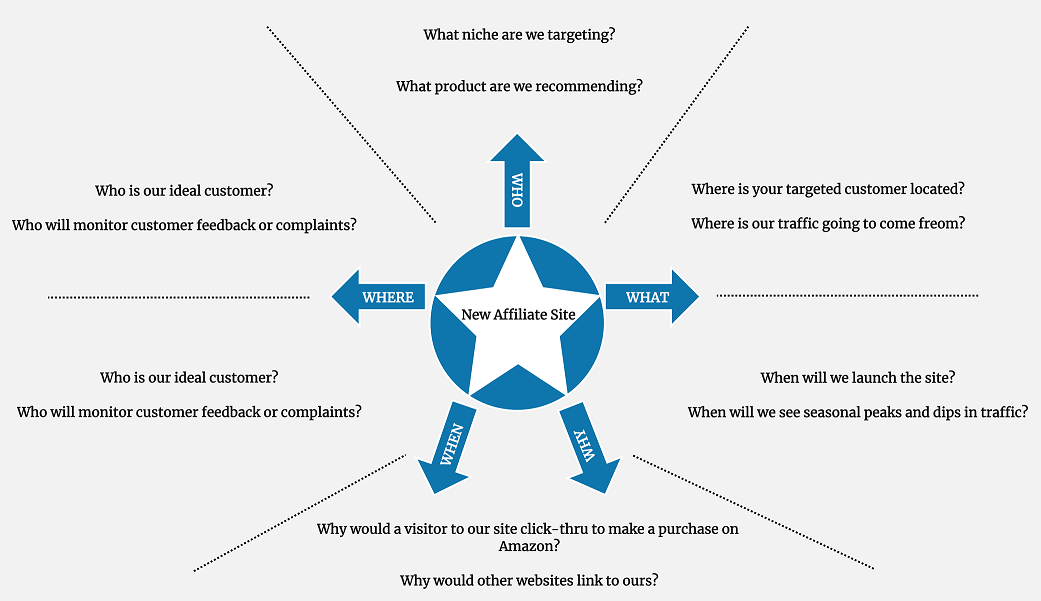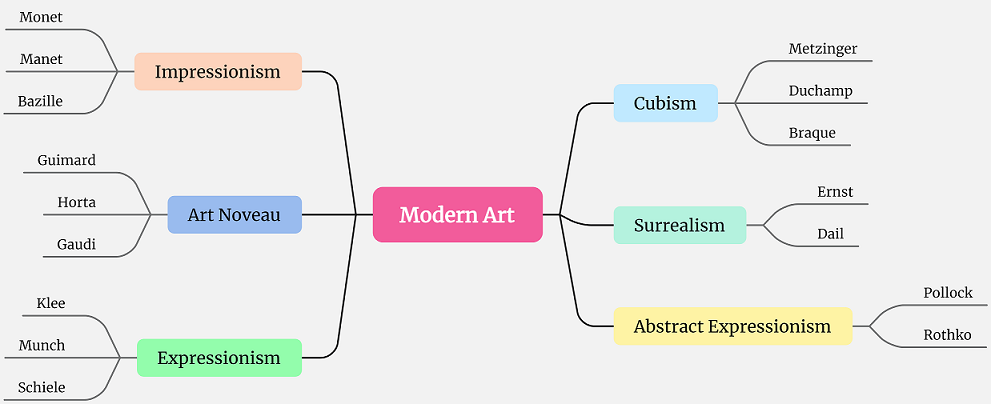In this blog post, we'll be exploring how to brainstorm examples to spark creativity and come up with creative solutions to problems. We'll also be looking at some examples of brainstorming in action to better understand how it works. By the end of this post, you should have a good understanding of how to brainstorm and be able to apply it to your problems.

Part 1. What is Brainstorming?
Brainstorming is a group process that helps with solving problems. Use this template to get ideas on a whiteboard and share them in writing or as an online discussion with others. Brainstorming sessions typically produce more and better quality ideas than individuals working.
Part 2. How to Brainstorm (Brainstorming Techniques)
There are a few things to keep in mind when participating in a brainstorming session.
- Firstly, it is important to relax and let ideas flow. This is not the time to be critical or judgmental.
- Secondly, It is important to suspend disbelief and think outside the box. This means considering all ideas, no matter how farfetched they may seem.
- Thirdly, be open to new ideas and perspectives. This means listening to others and considering their suggestions.
- Lastly, Brainstorming should be a time to explore new ideas and be creative, so, enjoy it and have fun!
Now that you know the basics of how to participate in a brainstorming session, let’s take a look at some brainstorming techniques that can help you generate ideas.
#1 Brainstorm with a mind map
One technique is to start with a mind map. This is a visual way of brainstorming that can help you see the relationships between ideas. To create a mind map, start by writing a central topic in the middle of a piece of paper. Then, draw branches off of this central topic and write down related ideas. For example, if you are brainstorming ideas for a new business, you might start with the central topic of “business ideas.” Then, you might draw branches for “online businesses,” “brick-and-mortar businesses,” and “service businesses.” This can help you generate more specific ideas.

Get Free Mind Map Templates >>
#2 Brainstorm with fishbone diagram
Another technique is to use the “fishbone” method. This is a way of brainstorming that can help you identify the root cause of a problem. To use this method, start by writing down the problem or challenge that you are trying to solve.

Part 3. 3 Brainstorming Examples
#1 Brainstorming example for business
The set-up: There are many different ways to brainstorm, but some common techniques include free association, ideation, and mind mapping. Free association is when you allow your mind to wander and come up with ideas without censoring yourself. This can be helpful in getting the creative juices flowing.
The problem: Ideation is when you focus on a specific topic or problem and brainstorm possible solutions. This can be helpful in solving specific problems.
The brainstorm: Mind mapping is when you create a visual representation of your ideas, often in the form of a diagram or flow chart. This can be helpful in seeing the relationships between ideas. When brainstorming, it is important to keep the following in mind:
- Set a specific goal for the brainstorming session. This will help to focus the discussion and keep it on track.
- Encourage all ideas, no matter how crazy they may seem. This is the time to think outside the box.
- Be open to new ideas. This is not the time to be judgmental.
- Be willing to change your mind. This is a flexible process and the best ideas may come from unexpected places.
By following these tips, you can ensure that your brainstorming session is productive and successful.

#2 Brainstorming example for essay
The set-up: If you're stuck on beginning your essay, but choosing or brainstorming a topic for a paper—especially one with an open-ended prompt—can often be a challenge
The problem: What's the best I can think of for an essay?
The brainstorm: Here are some tips to help you brainstorm more effectively regardless of what learning style works best for you:
- Once you have a list of potential topics.
- Try free writing for a few minutes on each one to see if any inspire particularly strong feelings or ideas. If you find a topic that interests you.
- You, run with it! If not, don't be afraid to try another topic from your list.
- The goal is to find something you're passionate about so that the writing process is enjoyable and the finished product is high-quality essay.

#3 Brainstorming example for marketing
The set-up: Brainstorming for marketing .when it comes to marketing, brainstorming is essential to come up with creative and effective campaigns. It is vital to get as many ideas down on paper as possible and then narrow them down to the best ones.
The problem: What are the benefits? What are their needs and wants? What will appeal to them?
The brainstorm: There are a few things to keep in mind when brainstorming for marketing.
- First, think about your target audience.
- Next, consider your budget and what type of campaign will fit within it.
- Last, think about what you want to achieve with your campaign. What are your goals?
Once you have considered all of these things, it's time to start brainstorming. Brainstorming can be done alone or with a group. If you're doing it alone, set a timer for 10-15 minutes and just write down any ideas that come to mind, no matter how crazy or far-fetched they may seem. If you're brainstorming with a group, have each person share one idea at a time and build on each other's ideas.

Brainstorming is an essential part of marketing. By taking the time to brainstorm, you are much more likely to come up with a successful campaign.
Conclusion
Some effective brainstorming examples help you generate ideas, promote innovation, solve problems and also brainstorm more specific subtopics. Once you have brainstormed a variety of subtopics, you can then begin to narrow down your focus and develop a thesis statement. Additionally, by writing down your ideas, you can more easily see which ones are the most viable and which ones need further development. Brainstorming can be a helpful strategy for anyone who needs a little extra inspiration.














